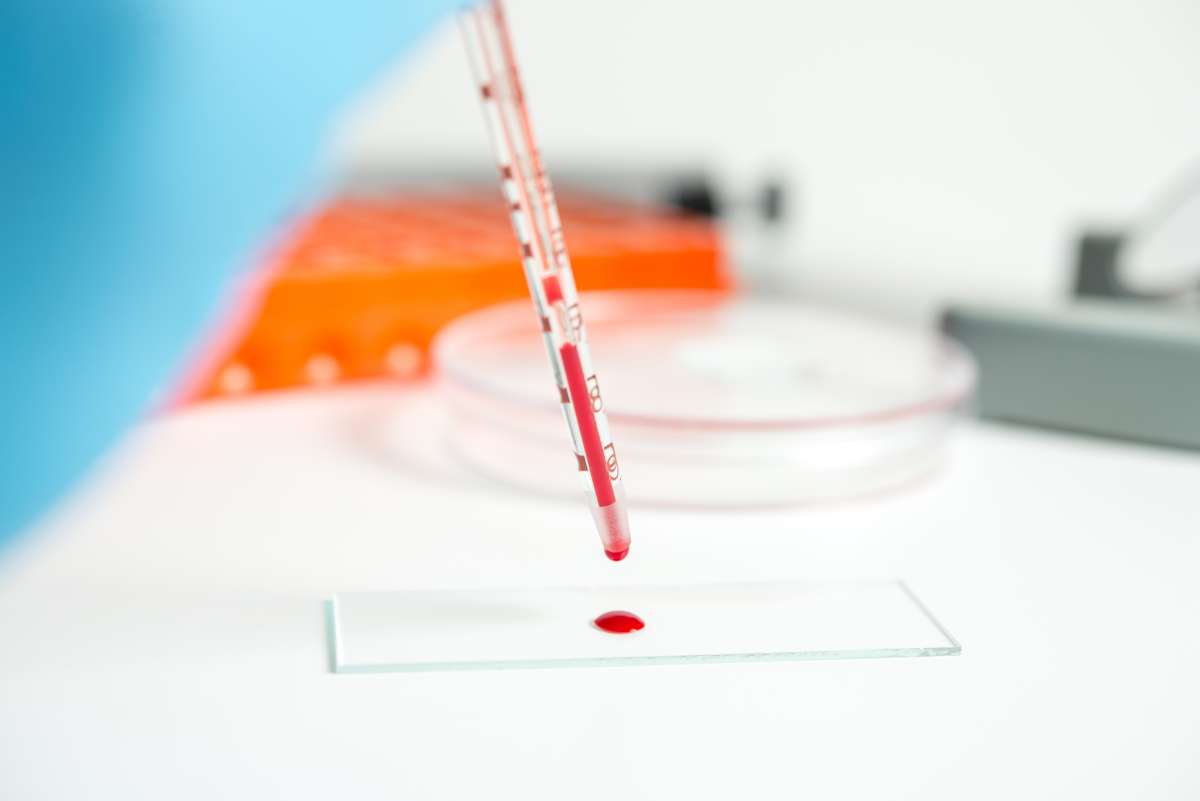Safe laboratory practices are critical to preventing exposure when working with hazardous materials. The best laboratory and safety equipment cannot provide protection without good work practices and adequate training.
Biosafety Laboratory Practices
Preventing laboratory-acquired infections
Workplace-acquired infections are rare but still a possibility. For infection and disease to occur, there must be:
- An adequate number of organisms to cause disease (infectious dose); and
- A route of entry to the body.
Transmission
Knowing how infectious organisms are transmitted and their infectious dose can help evaluate the risk and avoid infection. Information about the organism should be gathered before working with it. Good starting points for gathering safety information about human pathogens are Safety Data Sheets (SDSs) and the Agent Summary Statements in the most recent edition of the Biosafety in Microbiological and Biomedical Laboratories (CDC) publication.
Infectious agents are transmitted through one or more of the following routes of exposure:
- Sharps injuries (needlesticks, cuts with contaminated broken glass, etc., also known as parenteral exposure).
- Inhalation of aerosols (microscopic solid or liquid particles small enough to remain dispersed and suspended in air for long periods; about 5 micrometers or less in diameter).
- Ingestion.
- Mucous membrane exposure (including the eyes, inside of the mouth and nose, and the genitals).
Infectious cell and tissue culture
It is prudent to consider all cell lines to be potentially infectious. Most cell cultures can be safely manipulated using BSL-2 practices and containment.
- If cells are known or suspected to contain a specific pathogen or oncogenic virus, appropriate biosafety practices for handling that virus must be used when working with the cell culture.
- All primary and permanent cell lines must be handled using BSL-2 practices and containment.
- BSL-1 practices and containment may be used for cell lines that meet the following criteria. Cells must be:
- non-primate,
- non-human,
- confirmed not to contain a primate virus, pathogenic bacteria, mycoplasma, or fungi; and
- well-established.
Safe work practices
Using work practices that block routes of exposure can prevent workplace infection. Good microbiological techniques must always be used in the laboratory:
- Eating, drinking, smoking, applying cosmetics, or storing food for human consumption in laboratories is strictly prohibited.
- Potentially contaminated hands should be kept away from the mouth, eyes, and non-intact skin.
- Hands should be washed frequently, even after wearing gloves, and scrubbed vigorously with soap and water for a full 20 seconds (as long as it takes to sing "Happy Birthday" or the "Cyclone Fight Song"). The physical removal of organisms from the skin is just as important as using a disinfectant.
- Work surfaces and equipment must be decontaminated immediately after using biohazardous materials.
- Wearing appropriate personal protective equipment (PPE) blocks potential routes of exposure.
-

Learn more about bloodborne pathogens
Biological safety factsheets
- Avian Influenza Virus FAQ
- Bat and Rabies Facts and Recommendation
- Biohazard Spill Kit Guidelines
- Biohazardous Waste Flowchart
- Bird Droppings and Histoplasmosis Factsheet
- Bloodborne Pathogens Quick Guide
- Ethidium Bromide Handout
- Guidelines for Experiments with Wild Rodents
- Guidelines for Transport of Infectious Materials
- Q Fever Factsheet
- Sharps and Biohazardous Waste Flowchart
- Toolbox Talks: What is biosecurity?